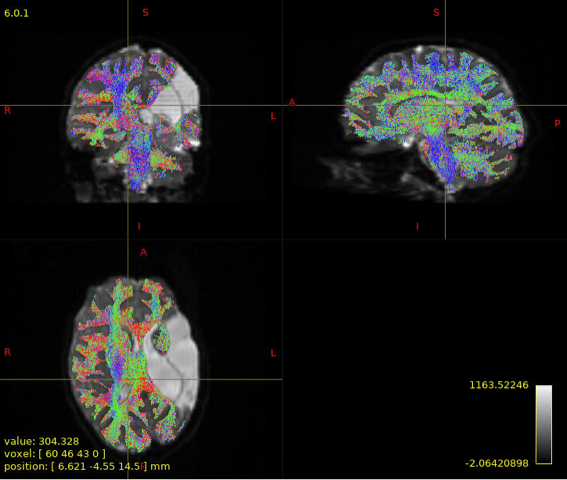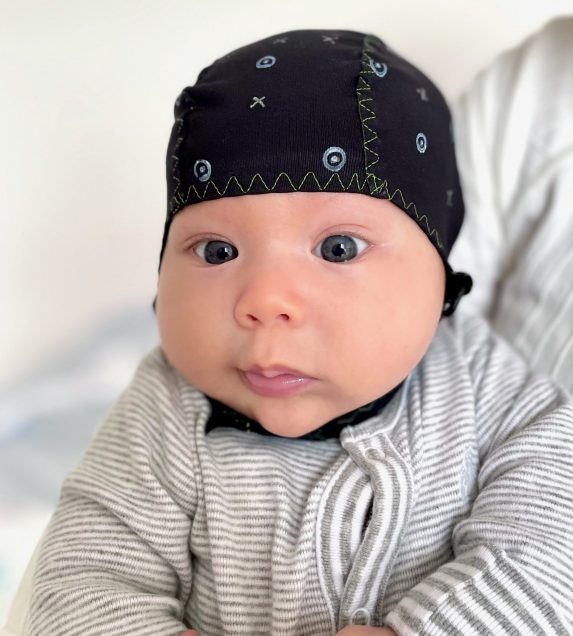
The Development, Experience, & Motor Recovery Lab uses a variety of techniques including brain imaging, non-invasive brain stimulation, and behavioral assessments to understand motor development and brain function. In particular, we are interested in studying how sensorimotor experiences shape the development of motor circuits involved in the control of the hands and arms. Our goal is to use this information to develop targeted therapies.
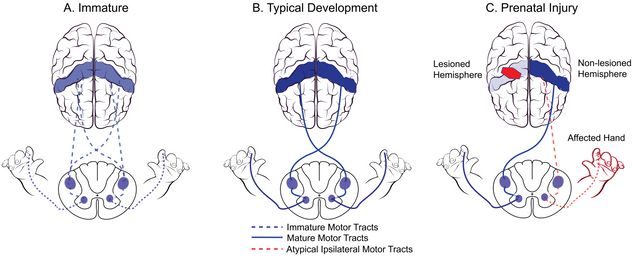
Functional Near-infrared Spectroscopy (fNIRS)
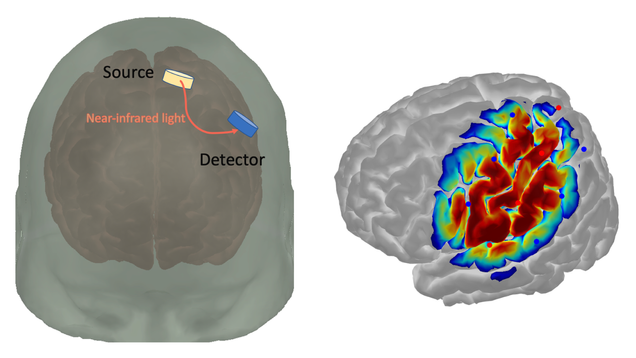 fNIRs is a non-invasive method for studying functional brain activity. Given the relatively easy set-up of this imaging tool (a cap worn on the head), fNIRS is particularly suited for measuring brain function in infants and children. We use fNIRS to study 1) how spontaneous infant movements shape brain activity, and 2) how movement therapy improves brain function in older children. We work closely with the community of interdisciplinary collaborators at the BU Neurophotonics Center to deploy state-of-the-art brain imaging technologies to understand how the brain works in health and following neurological damage.
fNIRs is a non-invasive method for studying functional brain activity. Given the relatively easy set-up of this imaging tool (a cap worn on the head), fNIRS is particularly suited for measuring brain function in infants and children. We use fNIRS to study 1) how spontaneous infant movements shape brain activity, and 2) how movement therapy improves brain function in older children. We work closely with the community of interdisciplinary collaborators at the BU Neurophotonics Center to deploy state-of-the-art brain imaging technologies to understand how the brain works in health and following neurological damage.
Transcranial Magnetic Stimulation (TMS)
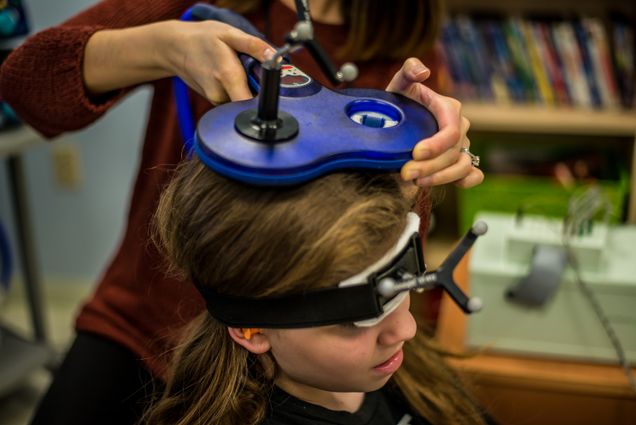
TMS is a form of non-invasive brain stimulation that can be used to map brain areas responsible for the control of the hands. We use TMS to probe the integrity and excitability of motor systems following intensive rehabilitation. In our lab, TMS is done at rest: children can relax and watch a movie while we perform the measurements. We encourage you to view a video our collaborator, Kathleen Friel, PhD, made with children describing what it feels like to be part of a TMS study.
Diffusion Tensor Imaging (DTI)
DTI is a brain imaging technique that enables the measurement of white matter pathways. We use DTI to understand how brain lesions that occur early in development affect the organization of motor and sensory pathways. By understanding how these pathways reorganize, we hope to discover mechanisms of plasticity that can support adaptive motor function following developmental brain injury.
